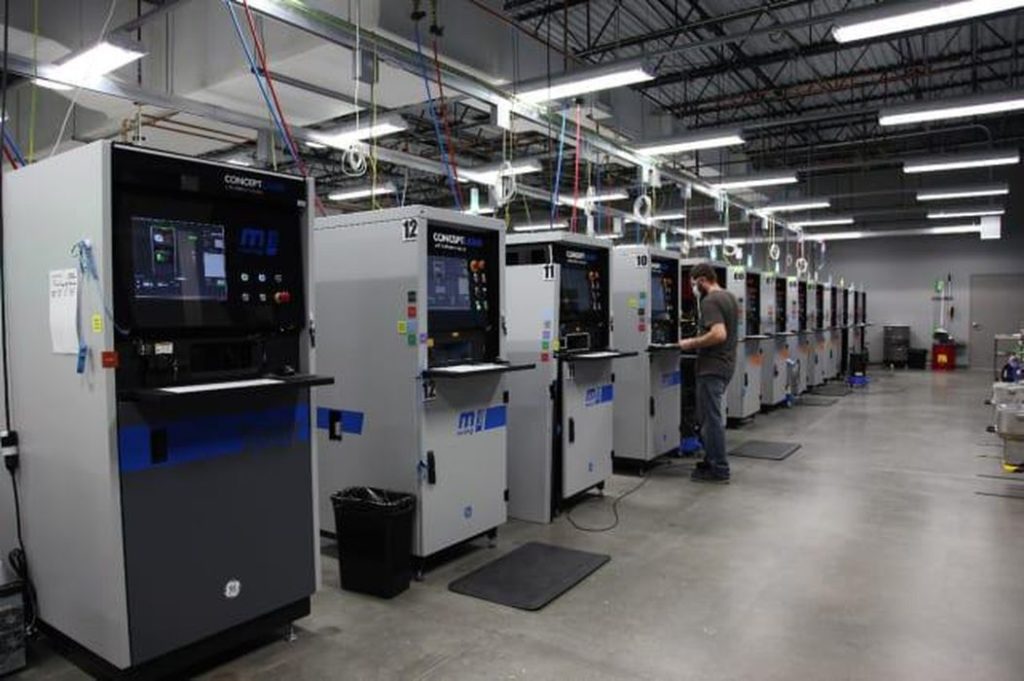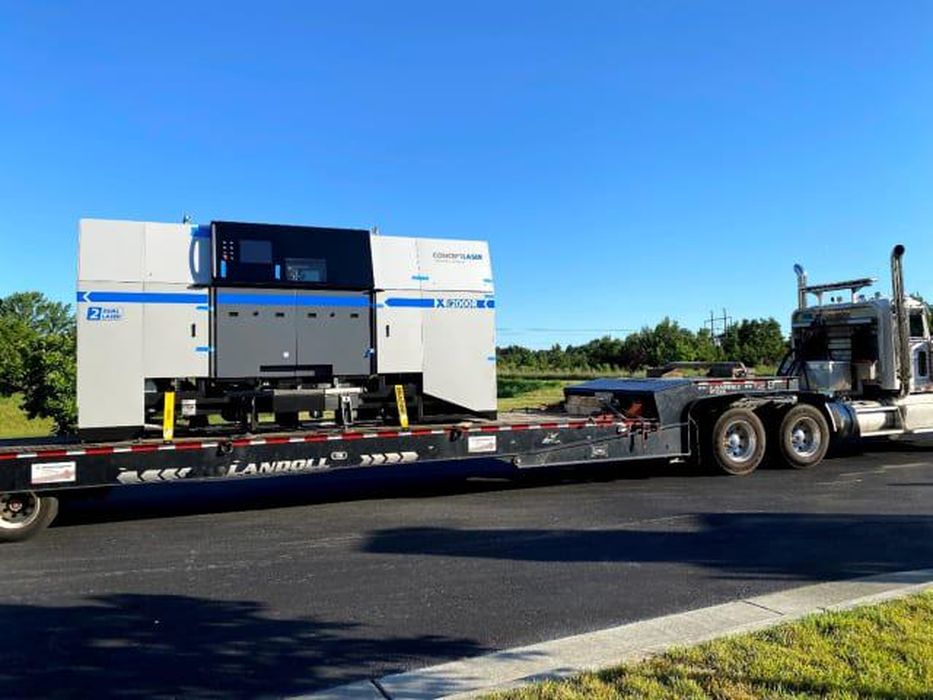
Protolabs is employing two separate large-scale 3D printers to meet the rising demand for bigger metal parts.
When it comes to additive manufacturing, there is often a trade-off between how isotopically complex a printed part is and how large it can be printed. Whether it’s fused filament fabrication (FFF) or Carbon Digital Light Synthesis (DLS), 3D-printed parts can be extremely complex in their geometry, but efforts in translating this complexity to larger parts have seen limited success. To make matters worse, even if the printed part can retain its complexity when scaled upwards in size, the high-volume production rate of such parts has been a severe challenge.
Protolabs, a polymer and metal manufacturing solutions company, is addressing this limitation by incorporating industrial 3D printers that can not only scale geometric complexity to larger parts but also maintain a steady production rate.
Aluminum—An Economic 3D Printing Option
Earlier in 2021, Protolabs added GE’s X Line 2000R 3D printer to their repertoire of 3D printers. The X Line 2000R boasts large-volume printing capabilities as high as 80cm x 40cm x 50cm. Aside from the large size of the printed part, the printer uses Inconel 718—a nickel-chromium alloy that is extremely durable, corrosion-resistant, heat- and cold-resistant at temperatures ranging between –253°C and 705°C. Given its versatility, there has been an influx of Inconel 718’s applications in aerospace and automotive industries as well as in the medical sector.

However, there remains a need for inexpensive, light-weight metal printing options that still retain Inconel 718’s performance qualities—ergo, aluminum. Not only is aluminum almost four times lighter than Inconel 718, but one kilogram of aluminum costs around $2.50—nearly 25 times less than Inconel 718’s $65 per kg. What had prevented Protolabs from meeting this demand was that many requested parts were simply too large to be produced through additive manufacturing. To meet these demands, Protolabs has received its second X Line 2000R machine from GE that will focus entirely on producing large-scale aluminum parts.
“Looking back at our historical quote request activity, we found that we had a large number of requests in aluminum that we had to turn down in the past due to the sheer size of the parts,” explained David Giebenhain, Global Product Director for Protolabs. “Aluminum is generally one of the key materials in our portfolio. It’s very well suited to provide the benefits from metal 3D printing. It’s an extremely lightweight material and it has really good thermal conductivity. Aluminum is also our least expensive material offering.”
A Continuous Production Cycle
The X Line 2000R uses the Direct Metal Laser Melting (DMLM) method for additive manufacturing. Whether it’s Inconel 718 or aluminum, the process involves using high-power lasers to melt the desired shape into a bed of powdered metal. First, a layer of the metal is evenly deposited onto the build tray. The powder is extremely fine, with each particle ranging between 15–65 microns. Next, two powerful 1000W lasers draw the cross-section shape of the part onto this layer, after which another layer of the powdered metal is deposited and the process is repeated. The lasers can be programmed to melt different cross-sections in the powdered layer, allowing multiple parts to be printed in a single build.
Read more at ENGINEERING.com
